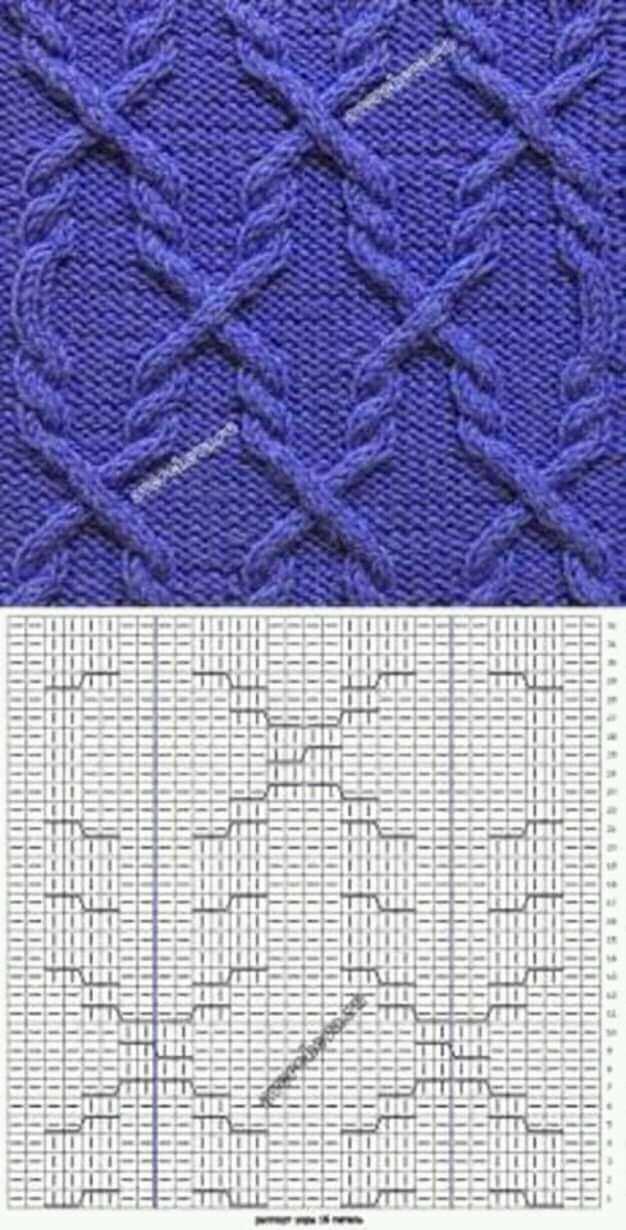
Are you a passionate knitter who loves creating unique and beautiful patterns? Do you dream of turning your hobby into a profitable business? Selling knitting patterns online can be a great way to make money doing what you love.
With the rise of digital marketplaces and the growing popularity of knitting, there has never been a better time to start selling your patterns. Whether you specialize in intricate lace designs, trendy accessories, or cozy sweaters, there is a market out there for your unique creations.
By selling your knitting patterns, you can reach a global audience of fellow knitting enthusiasts who are eager to try new projects. You can set your own prices and earn passive income from your designs. Plus, selling patterns online allows you to share your creativity and expertise with others while staying in control of your own business.
Sell Knitting Patterns
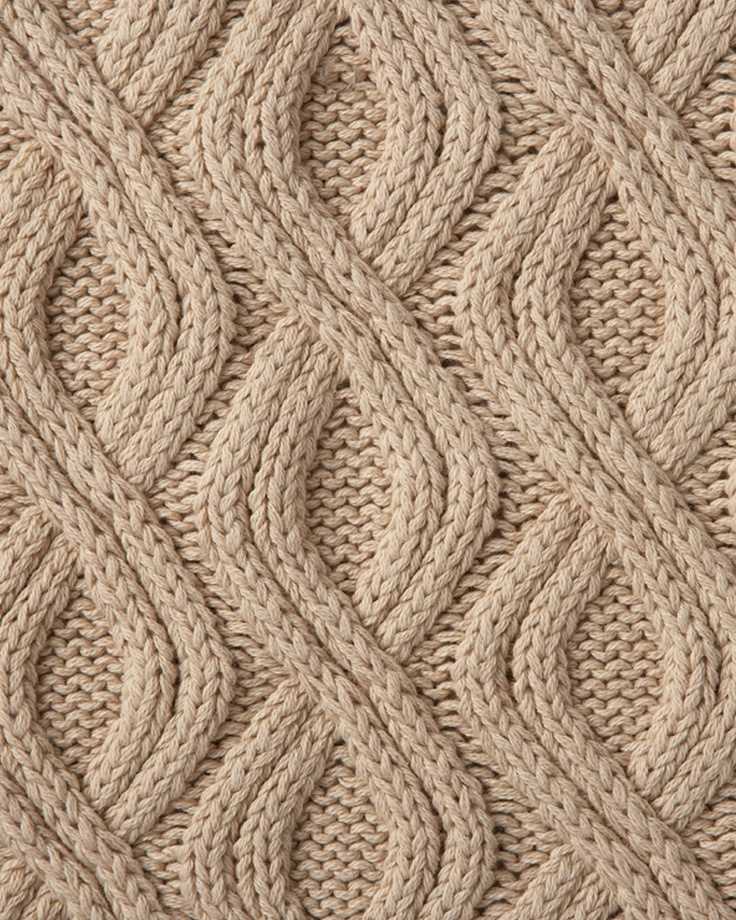
Are you a talented knitter looking to turn your passion into a profitable business? Selling knitting patterns online can be an excellent way to do just that! With the growing popularity of handmade items and the convenience of online shopping, there is a high demand for unique and easy-to-follow knitting patterns.
When it comes to selling knitting patterns, one of the first things you should consider is where to sell them. There are various platforms available, such as Etsy, Ravelry, and your own website. Each platform has its own advantages, so it’s important to do some research and choose the one that suits your needs and target audience the best.
Make your knitting patterns stand out
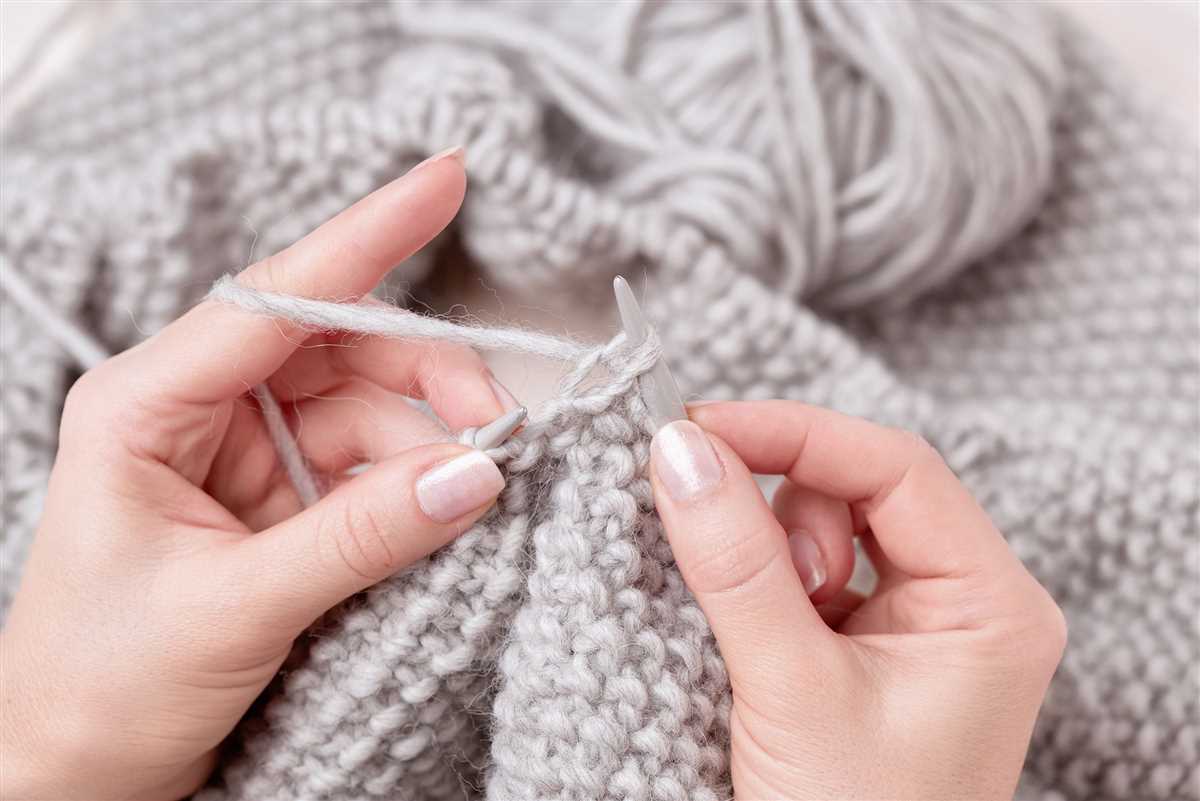
In order to attract customers and stand out among the competition, it’s crucial to create knitting patterns that are unique and high-quality. Consider specializing in a particular niche or creating patterns for specific occasions or items, such as baby blankets or winter accessories. By offering something different, you can appeal to a specific audience and establish yourself as an expert in your field.
Another important aspect of selling knitting patterns is to provide clear and detailed instructions. Make sure your patterns are easy to understand, even for beginners, by including step-by-step instructions and clear diagrams or photos. You can also enhance your patterns with personal touches, such as adding tips and tricks, customization options, or variations.
- Choose the right price
- Promote your knitting patterns
- Engage with your customers
- Continuously improve and expand your offerings
In conclusion, selling knitting patterns can be a lucrative endeavor for talented knitters. By creating unique and high-quality patterns, choosing the right platform, and engaging with your customers, you can turn your passion for knitting into a successful business.
Understand the Demand for Knitting Patterns

When it comes to selling knitting patterns, it is important to understand the demand for these products. Knitting has been a popular hobby for many years, and there is a dedicated community of knitters who are always on the lookout for new and interesting patterns to try. Whether they are beginners looking for simple projects or experienced knitters searching for intricate designs, there is a wide range of demand for knitting patterns.
Identifying the target audience
One of the first steps in understanding the demand for knitting patterns is identifying the target audience. Knitting appeals to people of all ages and backgrounds, but it is important to determine who your patterns are designed for. Are they for beginners or advanced knitters? Are they for children or adults? By defining your target audience, you can create patterns that meet their specific needs and preferences and cater to their skill levels.
Trending patterns and styles
To meet the demand for knitting patterns, it is essential to stay up-to-date with the latest trends and styles in the knitting world. Keeping an eye on popular knitting blogs, magazines, and social media platforms can give you insights into the types of patterns that are currently in high demand. Whether it’s a particular stitch pattern, a specific garment, or a trendy accessory, understanding the current knitting trends can help you create patterns that will attract a large number of potential customers.
Creating unique and diverse patterns
While it is important to follow trends, it is also crucial to offer something unique and diverse to stand out in the market. By creating patterns that are different from what is already available, you can attract knitters who are looking for something fresh and innovative. This could be through using unconventional materials, incorporating new techniques, or designing patterns for niche interests. Additionally, offering a variety of patterns for different skill levels and project types can help you cater to a wider audience and increase your chances of making sales.
Building a strong online presence
In today’s digital age, having a strong online presence is crucial for selling knitting patterns. Creating a website or an online store where you can showcase and sell your patterns will allow you to reach a larger audience and increase your chances of making sales. Utilizing social media platforms, email marketing, and collaborating with influential knitters or knitting communities can also help you build a strong online presence and attract more customers.
In conclusion, understanding the demand for knitting patterns involves identifying the target audience, staying up-to-date with trends, creating unique patterns, and building a strong online presence. By effectively catering to the needs and preferences of knitters, you can increase your chances of success in selling knitting patterns.
Choose a Niche for Knitting Patterns
When it comes to selling knitting patterns, finding a niche can be the key to success. By focusing on a specific market or style, you can attract a dedicated group of customers who are interested in what you have to offer. Choosing a niche allows you to establish yourself as an expert in that particular area, making it easier to market and sell your patterns.
Identify your passions and interests
Start by considering your own passions and interests within the world of knitting. What types of projects do you enjoy making the most? Is there a particular style or technique that you excel at? By identifying what you love about knitting, you can narrow down your focus and choose a niche that aligns with your personal interests.
Research the market
Once you have identified your interests, it’s important to research the market to see if there is a demand for the type of patterns you want to create. Look for knitting communities, social media groups, and online forums where people discuss their interests and needs. This will give you a better understanding of what potential customers are looking for and how you can meet those needs with your patterns.
Consider your target audience
When choosing a niche, it’s essential to consider your target audience. Who are the people that would be most interested in your knitting patterns? Are they beginners or experienced knitters? Do they prefer modern or traditional designs? Understanding your target audience will help you create patterns that resonate with them and increase your chances of making sales.
Differentiate yourself from the competition
Finally, you should think about how you can differentiate yourself from the competition in your chosen niche. What unique skills or perspectives do you bring to the table? How can you make your patterns stand out from others in the market? By offering something different and valuable, you can attract the attention of customers and establish a loyal following.
In conclusion
When choosing a niche for selling knitting patterns, it’s important to consider your passions, research the market, understand your target audience, and find ways to differentiate yourself. By following these steps, you can create a successful knitting pattern business that caters to a specific group of customers who value your unique offerings.
Research Popular Knitting Trends
In the world of knitting, there are always new trends emerging and old favorites resurfacing. Staying on top of these trends can help you create knitting patterns that appeal to a wide audience and increase your sales. Here are some popular knitting trends that you should research and consider incorporating into your designs:
1. Chunky Knits
Chunky knits have been a popular trend in recent years that shows no signs of slowing down. Knitters love the cozy and warm feel of chunky yarn, and the larger stitches make for quick and satisfying projects. Consider creating patterns that feature chunky knits, such as oversized sweaters, blankets, and scarves.
2. Colorwork
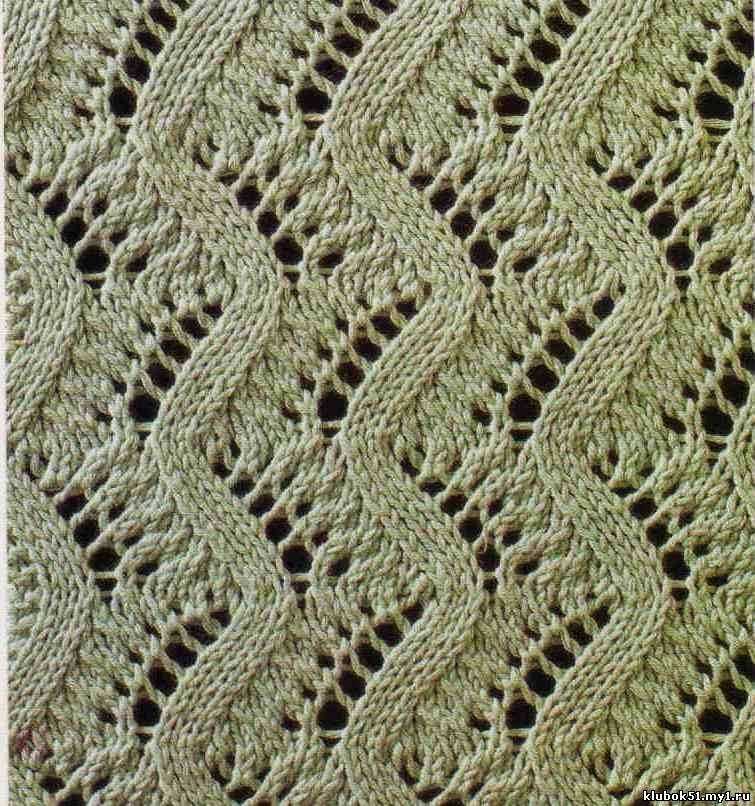
Colorwork, also known as stranded knitting or Fair Isle knitting, involves using multiple colors in a single project to create intricate patterns and designs. This trend has been gaining popularity as knitters explore new ways to add visual interest to their projects. Look into different colorwork techniques such as intarsia or slip-stitch patterns, and experiment with creating patterns that incorporate colorwork elements.
3. Sustainable Fibers
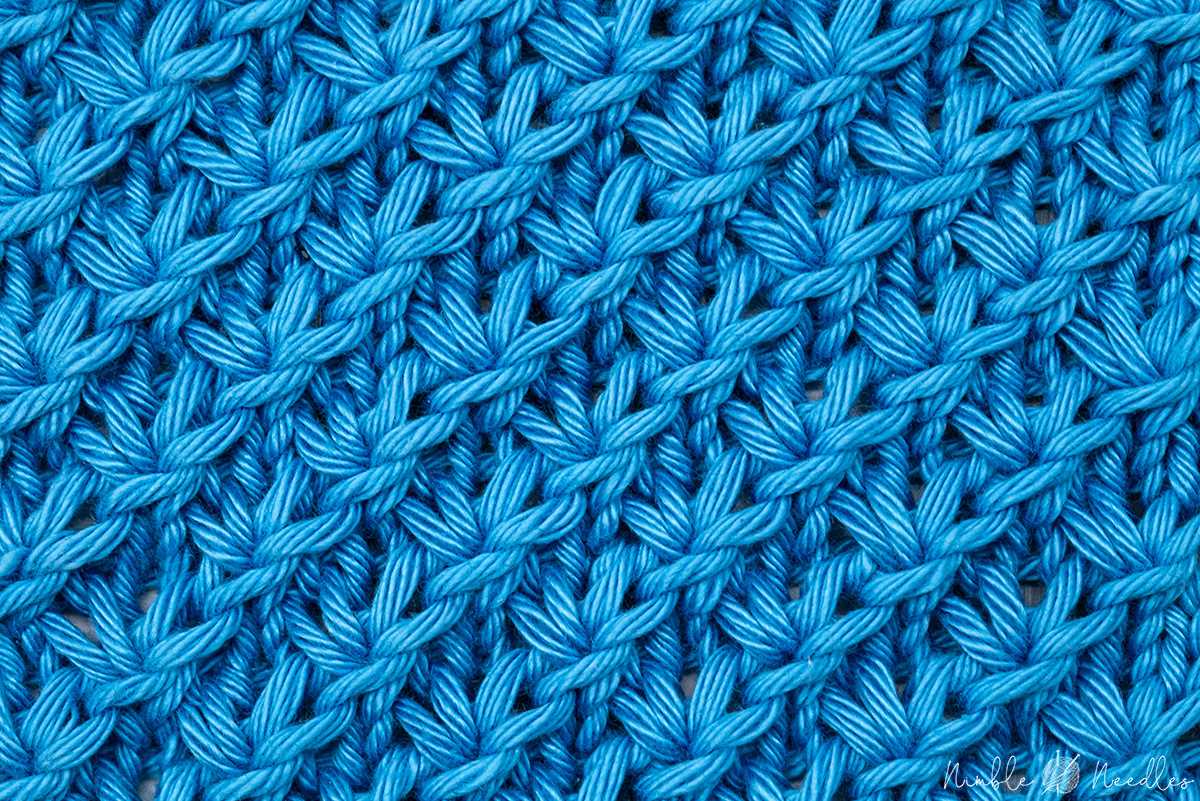
As concerns about the environment and sustainability grow, so does the demand for knitting patterns that use eco-friendly and sustainable fibers. Consider researching and incorporating natural fibers like organic cotton, bamboo, or recycled yarn into your patterns. This will not only appeal to environmentally conscious knitters but also tap into a growing market of consumers who prioritize sustainability in their purchasing decisions.
4. Texture and Lace
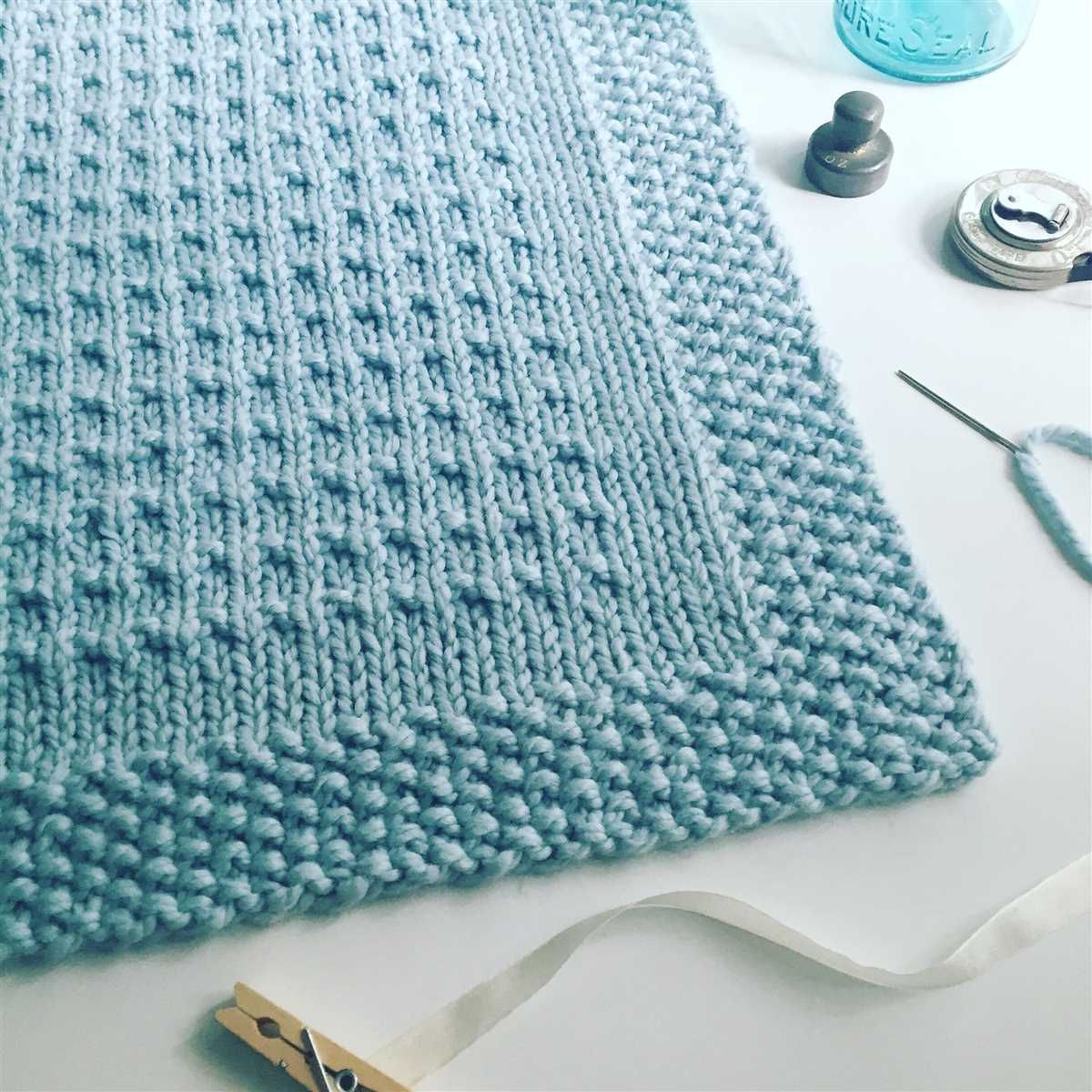
Textures and lace patterns are timeless elements in knitting that never go out of style. Knitters are drawn to the intricate details and delicate beauty that these patterns can add to their projects. Whether it’s creating intricate lace shawls or incorporating textured stitches into a sweater design, experimenting with different texture and lace patterns can add versatility to your knitting pattern collection.
5. Accessories

While garments like sweaters and cardigans are always popular, accessories such as hats, scarves, and gloves have their place in the knitting world. Accessories are quick and fun projects that allow knitters to experiment with different techniques and styles. Researching popular accessory trends can help you create patterns that cater to knitters looking for smaller projects or those who want to add a unique touch to their outfits.
6. Vintage-inspired Designs
There’s a certain charm and nostalgia associated with vintage-inspired knitting patterns. From classic cardigans to retro-inspired ski sweaters, vintage designs have found their place in the modern knitting community. Researching vintage knitting patterns and incorporating elements of retro style into your designs can attract knitters who appreciate the timeless appeal of vintage fashion.
By staying informed about popular knitting trends, you can create patterns that appeal to a wide range of knitters. Whether it’s exploring chunky knits, experimenting with colorwork, or incorporating sustainable fibers, these trends can serve as a source of inspiration and help you create patterns that resonate with your target audience.
Develop High-Quality Knitting Patterns
When it comes to knitting, having access to high-quality patterns is essential. As a knitting enthusiast, you want to ensure that the patterns you use are clear, detailed, and easy to follow. This is why it is important to develop high-quality knitting patterns that meet the needs of your customers and provide them with an enjoyable knitting experience.
Creating high-quality knitting patterns starts with careful planning and attention to detail. Before starting to write a pattern, it is important to sketch out the design and make any necessary calculations for stitch count, gauge, and measurements. This will help ensure that the final pattern is accurate and produces the desired result.
When writing the pattern, it is important to use clear and concise language. Provide step-by-step instructions that are easy to understand and follow. Use simple and straightforward terms, avoiding technical jargon that may confuse less experienced knitters. Additionally, including charts or diagrams can be helpful for visual learners and ensure that the pattern is accessible to a wide range of knitters.
Another aspect of developing high-quality knitting patterns is testing and revising. Before releasing a pattern, it is important to knit the design yourself and carefully follow the instructions to ensure that they produce the desired result. Additionally, having other knitters test the pattern can help identify any potential issues or areas that may need clarification.
In summary, developing high-quality knitting patterns requires careful planning, attention to detail, clear and concise language, and thorough testing. By putting in the effort to create patterns that are accurate, easy to follow, and enjoyable to knit, you can provide your customers with an exceptional knitting experience and establish a reputation for excellence in the knitting community.
Create Compelling Product Descriptions
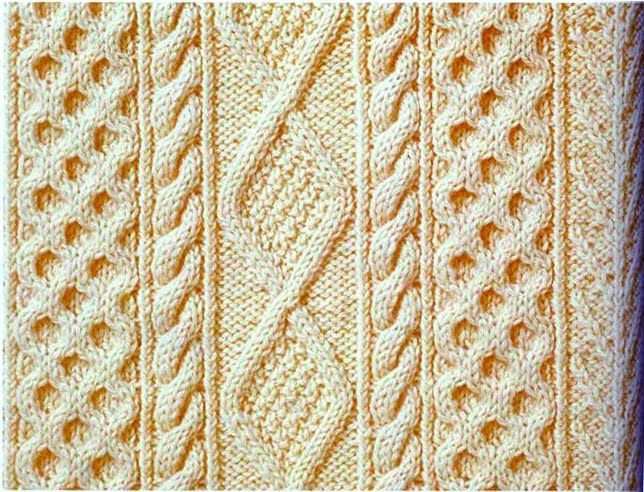
When selling knitting patterns, it is essential to create compelling product descriptions that capture the attention of potential buyers and persuade them to make a purchase. A well-crafted description can help convey the uniqueness and quality of your patterns, making them stand out from the competition.
Start by highlighting the key features of your knitting patterns. Use strong and descriptive language to communicate the beauty, intricacy, and creative possibilities that your patterns offer. For example, if your pattern allows users to create a cozy, chunky sweater, emphasize phrases like “warm and snug,” “stylishly oversized,” and “perfect for chilly winter nights.”
Include Specifics
In addition to highlighting the overall appeal of your patterns, be sure to include specific details that may be important to potential buyers. For example, mention the skill level required to follow the pattern, the type of yarn recommended for the best results, and any unique techniques or stitches used. This level of detail will help customers understand what they can expect from your pattern and make an informed decision.
Showcase Versatility
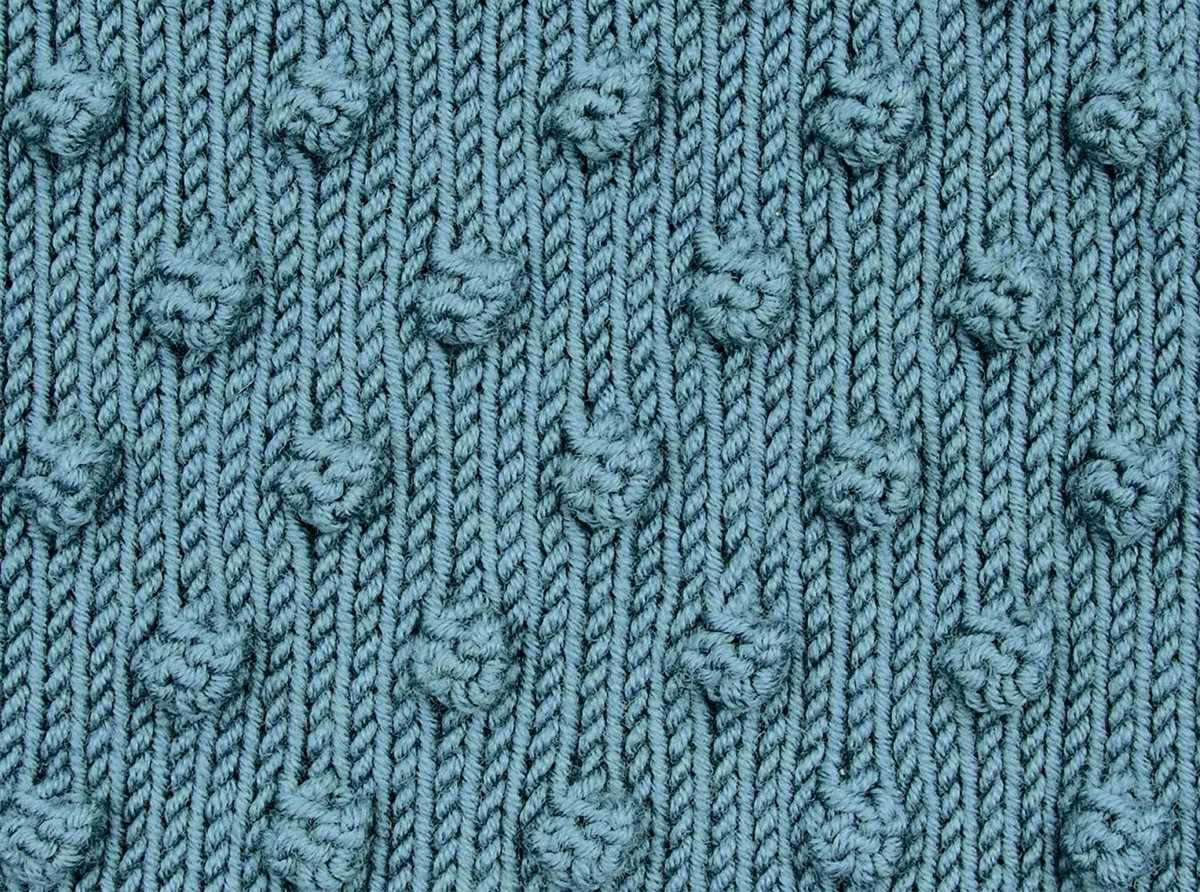
Another effective strategy is to showcase the versatility of your knitting patterns. Describe how they can be customized or adapted to suit different styles, sizes, and preferences. For example, if your pattern can be modified into a crop top or a longer cardigan, mention this flexibility. This will appeal to customers who value versatility and want to get the most out of their knitting projects.
Utilize Customer Testimonials
Customer testimonials can be a powerful tool in convincing potential buyers to choose your knitting patterns. Include snippets of positive feedback from satisfied customers to showcase the quality and reliability of your patterns. These testimonials can provide social proof and build trust with potential buyers, giving them the confidence to make a purchase.
Conclusion
Creating compelling product descriptions for your knitting patterns is crucial for attracting customers and driving sales. By highlighting key features, including specific details, showcasing versatility, and utilizing customer testimonials, you can effectively communicate the value and appeal of your patterns, ultimately increasing your chances of making a sale.
Design Eye-Catching Knitting Pattern Covers
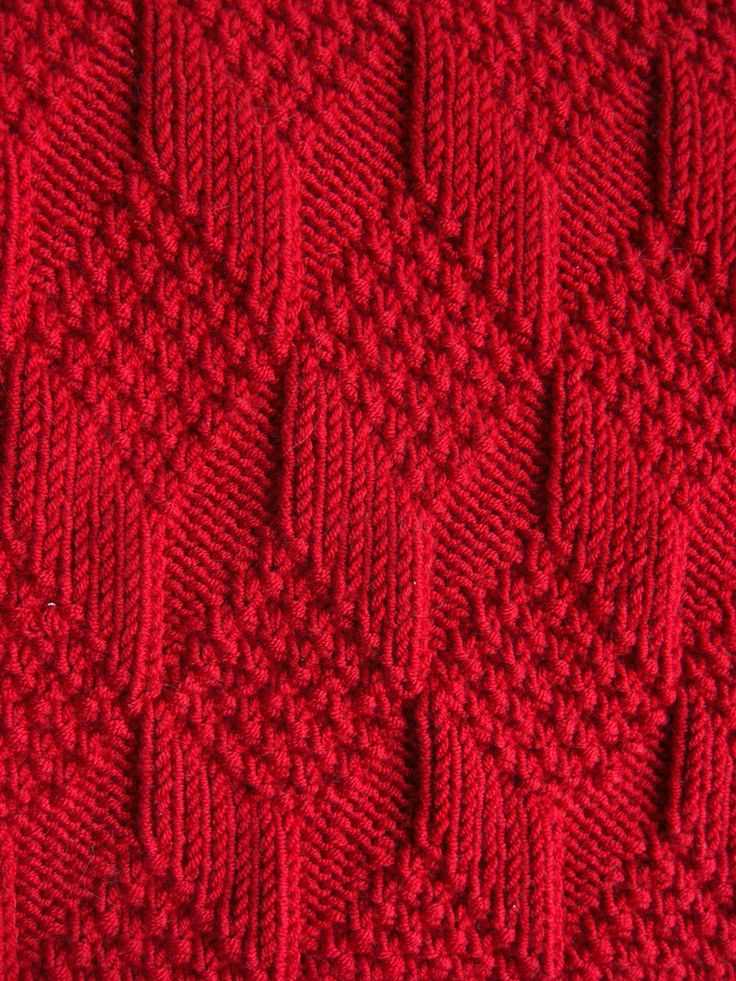
When it comes to selling knitting patterns, having an eye-catching cover can make all the difference. A well-designed cover not only attracts potential customers but also helps convey the style and quality of the patterns within.
1. Choose a captivating image: The first step in designing a knitting pattern cover is to select a visually appealing image. This could be a high-quality photograph of the finished product or an illustration that captures the essence of the design. The image should be clear, well-lit, and showcase the intricate details of the knitting pattern.
2. Use bold and readable typography: Typography plays a crucial role in creating an attractive knitting pattern cover. Choose fonts that are easy to read and reflect the style of the design. Bold and eye-catching titles can draw attention, while clear and legible text for pattern names and descriptions are essential for potential customers to understand what they are purchasing.
3. Incorporate color schemes that complement the design: A well-chosen color palette can enhance the overall appeal of the knitting pattern cover. Consider the colors used in the knitting project itself and select complementary hues for the background, typography, and other elements. The colors should harmonize with the design and evoke the desired mood or style.
4. Showcase the pattern’s unique features: Highlight the key features of the knitting pattern on the cover to entice potential customers. This could include showcasing intricate stitch patterns, unique construction techniques, or special embellishments. Giving a glimpse of what makes the pattern special can create a sense of excitement and make it stand out from other patterns in a competitive marketplace.
5. Provide clear and concise information: In addition to an eye-catching design, it’s essential to include clear and concise information on the knitting pattern cover. Provide details such as skill level, suggested yarn, needle size, and any additional materials required. Including a brief description of the pattern and its intended use can also help customers determine if it aligns with their interests and skill level.
By following these tips and investing time and effort into designing eye-catching knitting pattern covers, designers can attract more customers and increase sales. A visually appealing cover not only grabs attention but also communicates the quality and unique features of the patterns, making it a valuable marketing tool for selling knitting patterns online.
Set a Competitive Pricing Strategy
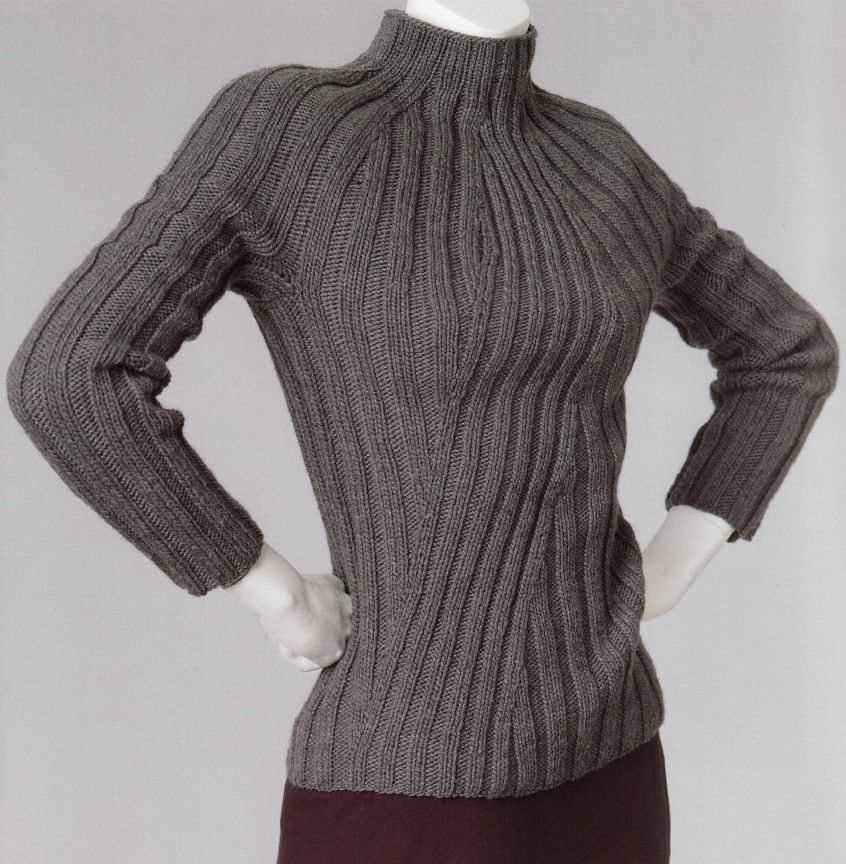
When selling knitting patterns, it is crucial to set a competitive pricing strategy that reflects the value of your products while also attracting customers. One approach is to analyze the market and determine the average price range for similar knitting patterns. This will give you an idea of what customers are willing to pay and help you position your pricing competitively.
Research and Compare: Start by researching other knitting pattern sellers and their pricing. Look for patterns that are similar to yours in terms of complexity, design, and style. Note the prices they are charging and how they market their patterns. This will give you insights into the current market trends and ensure that your pricing is in line with customer expectations.
Consider Your Costs: Before setting your pricing, it’s important to consider your costs. Calculate the time and effort it takes to create each pattern, along with any materials or tools used. Factor in any expenses related to photography, marketing, or website fees. This will help you determine a baseline price that covers your costs and ensures a profit.
- Determine Your Value Proposition: What makes your knitting patterns unique or special? Identify the unique selling points of your patterns, such as original designs, detailed instructions, or bonus features. Highlight these points in your marketing and use them as justification for any pricing that may be above the average market range.
- Create Tiered Pricing: Consider offering different pricing tiers for your knitting patterns. This allows customers to choose the level that best suits their needs and budget. For example, you could offer a basic pattern at a lower price and an enhanced version with additional features at a higher price. This provides options for customers and allows you to cater to a wider range of buyers.
Be Mindful of Discounts and Promotions: While it’s important to set a competitive price for your knitting patterns, don’t be too quick to offer discounts and promotions. Doing so may devalue your patterns and make it difficult to maintain consistent pricing in the future. Instead, focus on offering added value through exceptional customer service, high-quality designs, and clear instructions.
In conclusion, setting a competitive pricing strategy for selling knitting patterns requires thorough research, consideration of costs, and a focus on value. By analyzing the market, determining your costs, and highlighting your unique selling points, you can set a pricing strategy that attracts customers while ensuring a profitable business.
Creating an online store or website is a great way to sell your knitting patterns and reach a wider audience. With the increasing popularity of online shopping, having an online presence is essential for any business. Whether you choose to create your own website or use an existing e-commerce platform, there are several steps you can take to set up an effective online store.
Choose a Platform
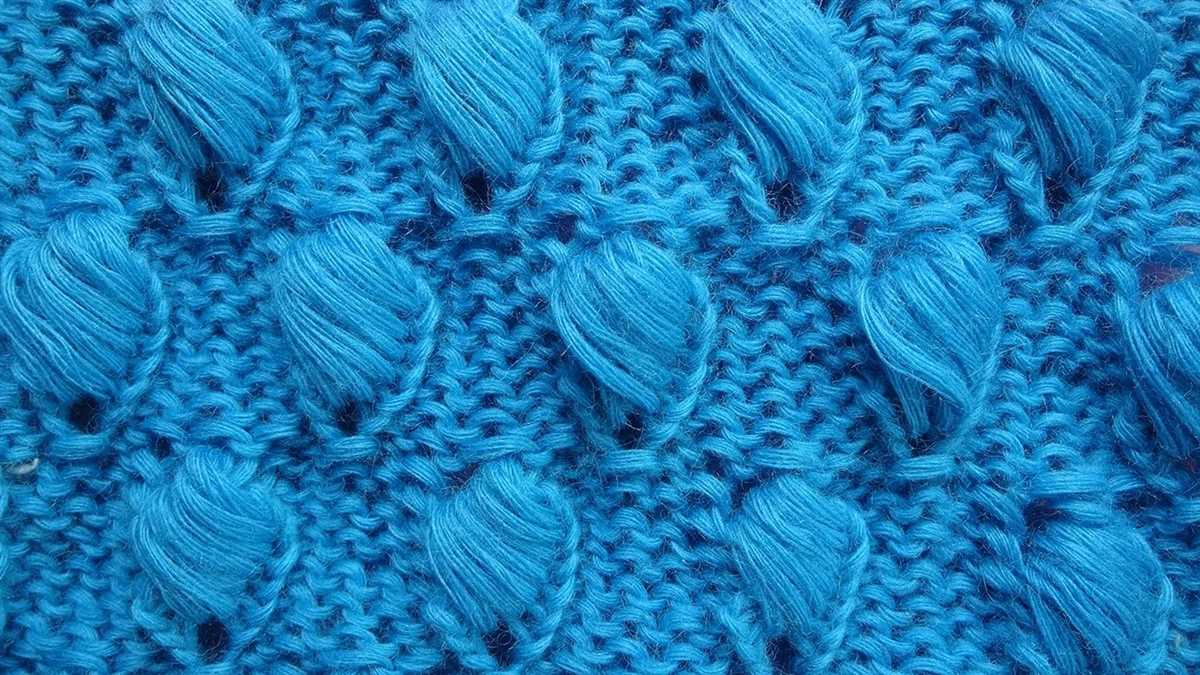
When creating an online store, you will first need to choose a platform to host your website. There are many options available, ranging from free website builders to more advanced e-commerce platforms. Some popular platforms for selling products online include Shopify, WooCommerce (which is a WordPress plugin), and Etsy.
Consider the features and functionality you need for your online store, as well as your budget, when choosing a platform. It’s important to find a platform that is user-friendly and offers the flexibility to customize your store to match your brand and showcase your knitting patterns in the best possible way.
Create a Professional Design
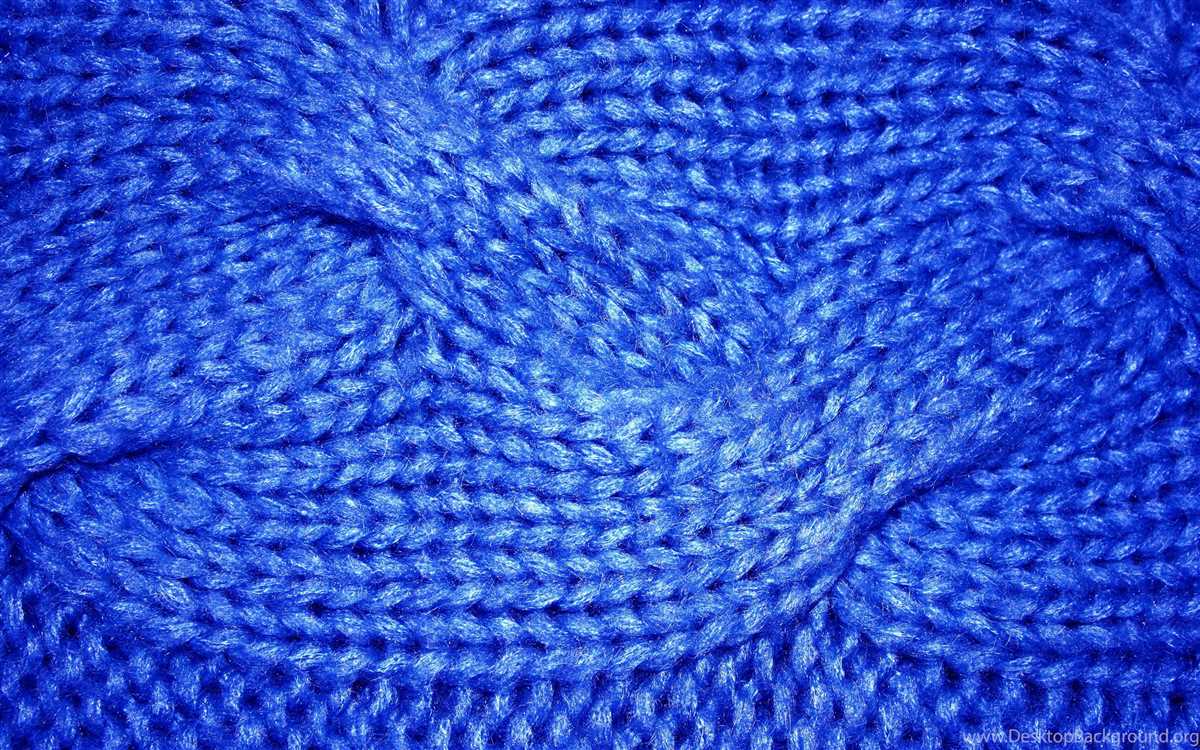
Once you have chosen a platform, it’s time to create a professional design for your online store. The design should reflect the style and aesthetic of your knitting patterns and appeal to your target audience. Use high-quality images and clear product descriptions to showcase your patterns and make it easy for customers to understand what they are purchasing.
Consider including customer reviews and testimonials on your website to build trust and credibility. You may also want to offer additional features such as a blog or resources section where you can share knitting tips and tutorials to engage with your customers and provide added value.
- Optimize for Search Engines: To drive traffic to your online store, it’s important to optimize your website for search engines. This involves using relevant keywords throughout your website content, including in your product descriptions and titles.
- Utilize Social Media: Leverage the power of social media to promote your knitting patterns and engage with your audience. Create social media profiles for your business on platforms like Instagram, Facebook, and Pinterest, and regularly post high-quality content to attract followers and drive traffic to your online store.
- Provide Excellent Customer Service: Building a loyal customer base is essential for the success of your online store. Provide excellent customer service by promptly responding to inquiries, addressing any concerns or issues, and delivering an exceptional experience to your customers.
Creating an online store or website for selling your knitting patterns can be a rewarding and profitable venture. By choosing the right platform, creating a professional design, optimizing for search engines, utilizing social media, and providing excellent customer service, you can effectively sell your knitting patterns online and grow your business.
Promote Your Knitting Patterns on Social Media
Are you a talented knitter with a passion for creating unique and beautiful patterns? If so, social media can be a powerful tool for promoting and selling your knitting patterns. With the right strategies, you can reach a wider audience and attract more customers to your online shop. Here are some tips to help you effectively promote your knitting patterns on social media.
Create a Professional Social Media Presence
To start, it’s important to establish a professional presence on social media platforms such as Facebook, Instagram, and Pinterest. Create dedicated accounts for your knitting patterns and showcase your work with high-quality images. Make sure to include a link to your online shop or website in your bio or profile. This will make it easier for potential customers to find and purchase your patterns.
Engage with your Audience
Building a community of engaged followers is crucial for promoting your knitting patterns on social media. Be active and responsive on your social media accounts by regularly posting updates, sharing behind-the-scenes glimpses of your creative process, and responding to comments and messages. This will help you build trust and a loyal customer base.
Collaborate with Influencers
Collaborating with influencers in the knitting or crafting niche can give your knitting patterns a boost in visibility. Look for influencers who have a dedicated following and align with your brand values. Reach out to them and propose a collaboration, such as featuring your patterns in their content or hosting a giveaway. This can help you tap into their audience and gain new customers.
Offer Exclusive Deals and Discounts
A great way to incentivize your social media followers to purchase your knitting patterns is by offering exclusive deals and discounts. Consider running limited-time promotions or providing special codes for your followers to use when purchasing your patterns. This creates a sense of urgency and exclusivity, encouraging more people to make a purchase.
Share User-Generated Content
Encourage your customers to share their completed projects using your knitting patterns on social media. Repost or share their content, giving them credit, to showcase the variety of ways your patterns can be used. This not only serves as social proof but also encourages others to purchase your patterns to create their own unique knitting projects.
Track and Analyze Metrics
To ensure the effectiveness of your social media promotion efforts, it’s important to track and analyze your metrics. Keep an eye on the engagement rates, reach, and conversions generated from your social media posts. This will help you identify what strategies are working and what areas need improvement, allowing you to optimize your promotion tactics for better results.
By utilizing social media effectively, you can expand your reach and attract more customers to your knitting pattern business. Implement these strategies and watch your online shop thrive.
Collaborate with Influencers and Bloggers
One of the most effective ways to promote and sell knitting patterns is to collaborate with influencers and bloggers in the knitting community. These individuals have established themselves as trusted authorities in the field and have a large following of engaged and passionate knitters.
By partnering with influencers and bloggers, you can reach a wider audience and gain credibility for your knitting patterns. You can offer them free samples of your patterns in exchange for a review or a featured post on their blog or social media channels. This can generate buzz and excitement around your patterns, leading to increased sales.
Benefits of Collaborating with Influencers and Bloggers
- Increased reach: Influencers and bloggers have a loyal and dedicated following who value their opinions and recommendations. By partnering with them, you can tap into their audience and expose your knitting patterns to a wider demographic.
- Establishing credibility: When an influencer or blogger reviews or endorses your knitting patterns, it adds credibility and trustworthiness to your brand. Followers of these influencers will be more likely to trust their recommendations and try out your patterns.
- Targeted marketing: Influencers and bloggers often have a specific niche or target audience. By collaborating with those who cater to the knitting community, you can ensure that your knitting patterns are being promoted to the right audience who are most likely to be interested in your products.
- Social media exposure: Influencers and bloggers usually have a strong social media presence, including large followings on platforms like Instagram and YouTube. By collaborating with them, you can leverage their social media influence to showcase your knitting patterns to a wider audience and potentially gain new customers.
Overall, collaborating with influencers and bloggers is an effective strategy to promote and sell knitting patterns. It allows you to tap into their existing audience, establish credibility, target your marketing efforts, and gain exposure on social media platforms. By leveraging the influence and reach of these individuals, you can boost your sales and grow your knitting pattern business.
Offer Discounts and Special Promotions
In order to attract more customers and increase sales, it is important to offer discounts and special promotions on knitting patterns. This can help in creating a sense of urgency among potential buyers and incentivize them to make a purchase.
One way to offer discounts is by providing limited-time offers. For example, you can have a “Deal of the Day” where a specific knitting pattern is offered at a discounted price for 24 hours. This creates a sense of excitement and urgency among customers, encouraging them to take advantage of the offer before it expires.
Create Bundles or Packages
Another effective strategy is to create bundles or packages that offer a combination of different knitting patterns at a discounted price. This can be appealing to customers who are looking for a variety of patterns or who want to try different knitting techniques. By offering these bundles, you not only increase the perceived value of the purchase but also encourage customers to buy more patterns at once.
In addition to offering discounts, special promotions can also attract more customers to your knitting patterns. For instance, you can run a promotion where customers receive a free knitting pattern when they purchase a certain number of patterns. This not only encourages customers to buy more but also gives them an extra incentive to make a purchase.
Offer Exclusive Membership Benefits
Another way to provide special promotions is by offering exclusive membership benefits. For example, you can create a VIP membership program where members receive regular discounts, early access to new patterns, and exclusive offers. This creates a sense of exclusivity and loyalty among customers, increasing their perceived value of being a member and encouraging them to make more purchases.
In conclusion, offering discounts and special promotions is an effective way to attract more customers and increase sales. By creating a sense of urgency, providing bundles or packages, and offering exclusive membership benefits, you can incentivize customers to make a purchase and create a loyal customer base.
Collect and Analyze Customer Feedback
Collecting and analyzing customer feedback is crucial for the success of your knitting pattern business. It allows you to understand your customers’ needs and preferences, identify areas for improvement, and make informed decisions to enhance your products and services.
There are several methods you can use to collect customer feedback:
- Surveys: Create online surveys or send out questionnaires to your customers to gather their opinions and suggestions. Use a mix of open-ended and multiple-choice questions to gather both qualitative and quantitative data.
- Customer reviews and testimonials: Encourage your customers to leave reviews and testimonials on your website or other platforms. Monitor and analyze these reviews to identify common themes and areas where you can improve.
- Social media monitoring: Keep an eye on social media platforms for any mentions or discussions about your knitting patterns. This can give you valuable insights into customer sentiment and opinions.
- Feedback forms: Include a feedback form in your packaging or on your website to give customers an easy way to provide feedback. Make sure to provide space for both positive and negative feedback.
Once you have collected customer feedback, it’s essential to analyze it to gain actionable insights. Here are a few steps to help you analyze customer feedback effectively:
- Categorize the feedback: Group similar feedback together and identify common themes or issues. This will help you understand the most significant areas for improvement.
- Quantify the feedback: Assign numerical values to different types of feedback to measure their impact and prioritize areas for improvement.
- Identify patterns: Look for recurring patterns or trends in the feedback to gain a deeper understanding of your customers’ preferences and needs.
- Compare with your business goals: Evaluate the feedback in light of your business goals and objectives. Identify areas where you are meeting or exceeding customer expectations and areas that require improvement.
- Take action: Use the insights gained from customer feedback to make informed decisions and implement changes in your knitting patterns, customer service, or marketing strategies.
Collecting and analyzing customer feedback should be an ongoing process. Regularly seek feedback from your customers to ensure that you are meeting their needs and expectations. By continuously improving your products and services based on customer feedback, you can build stronger relationships with your customers and grow your knitting pattern business.